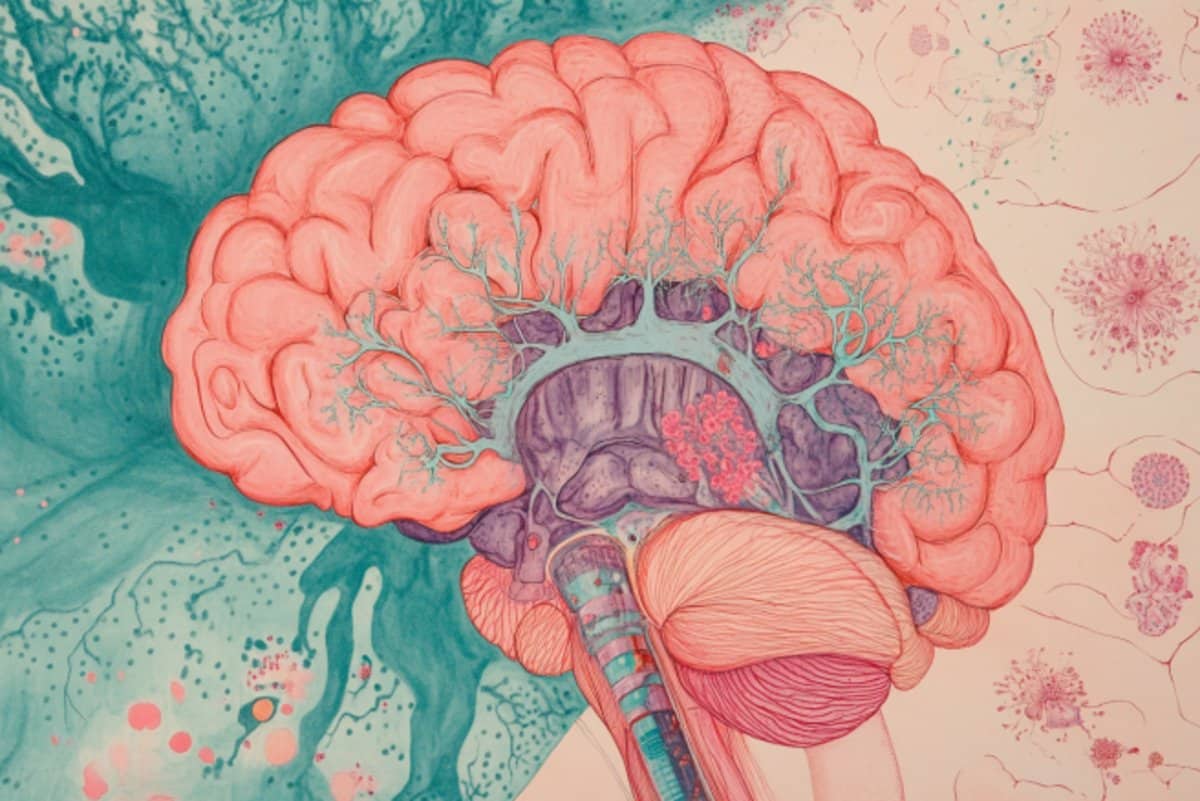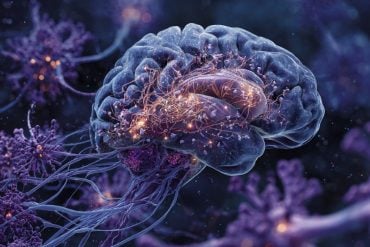Summary: A new study reveals that raising oxygen tension during weeks four to six of brain organoid development significantly promotes neurogenesis, guided by the oxygen-binding protein neuroglobin. Using cerebral organoids and cutting-edge imaging, researchers monitored internal oxygen levels and linked their changes to key stages in early brain development.
Multiomic analysis showed that this brief period of increased oxygen supports critical neuronal differentiation and tissue formation. These findings open new avenues for understanding neurodegenerative disease mechanisms and developing targeted therapies.
Key Facts:
- Critical Window: Elevated oxygen between weeks 4–6 enhances neurogenesis in brain organoids.
- Key Regulator: Neuroglobin mediates oxygen-driven neuronal development.
- New Insight: Findings may inform future therapies for neurodegenerative disorders.
Source: National Taiwan University
A recent study reveals that oxygen tension elevation during weeks four to six promotes neurogenesis in brain organoids, regulated by neuroglobin.
The research is published in Science Advances.

Professor Hsiao-Mei Wu from the Department of Biomechatronics Engineering, National Taiwan University, in collaboration with Dr. Yi-Chung Tung from the Research Center for Applied Sciences, Academia Sinica, have unveiled the crucial role of oxygen tension in early human brain development.
The research team employed human cerebral organoids as a model system and integrated advanced fluorescence lifetime imaging microscopy (FLIM) with oxygen-sensitive microbeads to monitor intra-organoid oxygen tension variation during development.
By combining this with single-cell RNA sequencing (scRNA-seq) and metabolomics analyses, they explored how temporal elevation of oxygen tension influences neurodevelopment.
Led by Dr. Tung, the study is the first to reveal, through multiomic analysis, that the oxygen tension elevation during the 4th and 6th weeks of organoid development plays a pivotal role in shaping neuronal differentiation and brain tissue growth.
“This discovery provides a novel perspective on the mechanisms underlying neurodegenerative diseases and offers potential directions for future therapeutic strategies,” says Prof. Hsiao-Mei Wu.
About this neurodevelopment research news
Author: Yuan-Hsuan Liu
Source: National Taiwan University
Contact: Yuan-Hsuan Liu – National Taiwan University
Image: The image is credited to Neuroscience News
Original Research: Open access.
“Shaping early neural development by timed elevated tissue oxygen tension: Insights from multiomic analysis on human cerebral organoids” by Yuan-Hsuan Liu et al. Science Advances
Abstract
Shaping early neural development by timed elevated tissue oxygen tension: Insights from multiomic analysis on human cerebral organoids
Oxygen plays a critical role in early neural development in brains, particularly before establishment of complete vasculature; however, it has seldom been investigated due to technical limitations.
This study uses an in vitro human cerebral organoid model with multiomic analysis, integrating advanced microscopies and single-cell RNA sequencing, to monitor tissue oxygen tension during neural development.
Results reveal a key period between weeks 4 and 6 with elevated intra-organoid oxygen tension, altered energy homeostasis, and rapid neurogenesis within the organoids.
The timed oxygen tension elevation can be suppressed by hypoxia treatment or silencing of neuroglobin gene.
This study provides insights into the role of oxygen in early neurogenesis from functional, genotypic, phenotypic, and proteomic aspects.
These findings highlight the significance of the timed tissue oxygen tension elevation in neurogenesis and provide insights into the role of neuroglobin in neural development, with potential implications for understanding neurodegenerative diseases and therapeutic strategies.






